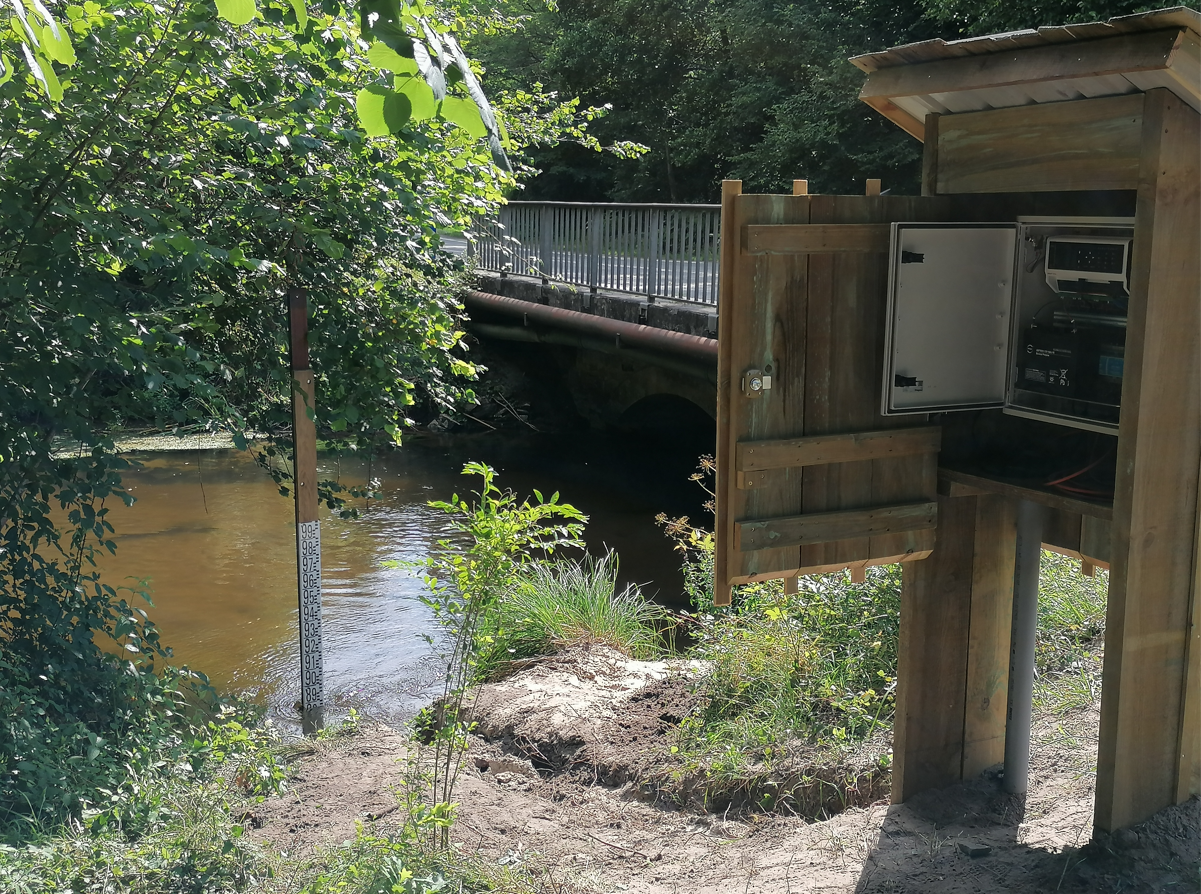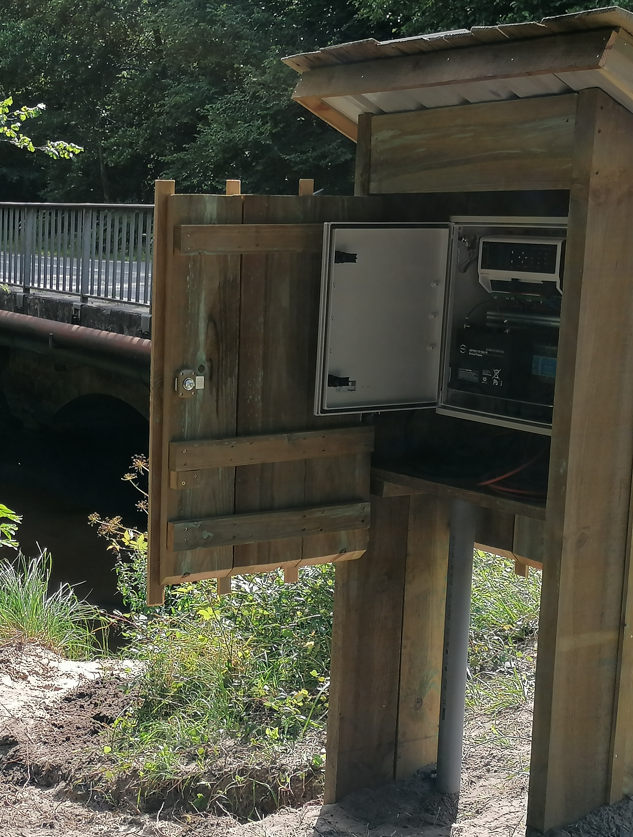
Articles

Intéressés de près ou de loin par le domaine de l’eau, vous avez sans doute déjà lu ou entendu l’acronyme GEMAPI.
Il s’agit d’une compétence bien particulière que l’état français confie dans la continuité des lois de décentralisation aux intercommunalités (métropoles, communautés urbaines, communautés d’agglomérations, communautés de communes) depuis le 1er Janvier 2018.
Ces EPCI à fiscalité propre ont la possibilité de transférer ou de déléguer cette compétence à des Syndicats Mixtes composés d’élus et pouvant être labélisés EPAGE (Etablissement Public d’Aménagement et de Gestion de l’Eau) et rattachés à un EPTB (Etablissement Public Territorial de Bassin).
Mais que regroupe cette compétence ? Deux grandes missions sont regroupées dans un souci de cohérence territorial au sein du même acronyme :
Ainsi, une autorité publique unique exerce cette double compétence devenue obligatoire à l’échelle d’une entité géographique cohérente : typiquement un Bassin Versant. L’un des objectifs est de favoriser la coopération entre les différents acteurs intervenant sur un même bassin.
La GEMAPI peut s’appuyer notamment sur des outils tels que le fonds de prévention des risques naturels majeurs ou le programme d’actions de prévention des inondations (PAPI).
Le contenu des missions exercées comporte l’aménagement d’un bassin, la gestion et la construction d’ouvrages de protection hydraulique ou encore l’entretien et la restauration des cours d’eau et plans d’eau concernés par le périmètre de l’établissement.
La définition cohérente de ces aménagements et plans de gestion nécessite une connaissance fine du fonctionnement hydrologique des bassins. L’instrumentation des cours d’eau confère ainsi aux EPCI et Syndicats une opportunité d’exercer efficacement leur compétence.
Que ce soit pour suivre un niveau d’eau, le bancariser, le transmettre et générer des alertes de crue, notre station d’acquisition LNS sera au rendez-vous.
De même, elle pourra constituer le point névralgique d’un système de suivi des paramètres physico-chimiques entrant dans le cadre d’un plan de gestion des milieux aquatiques.